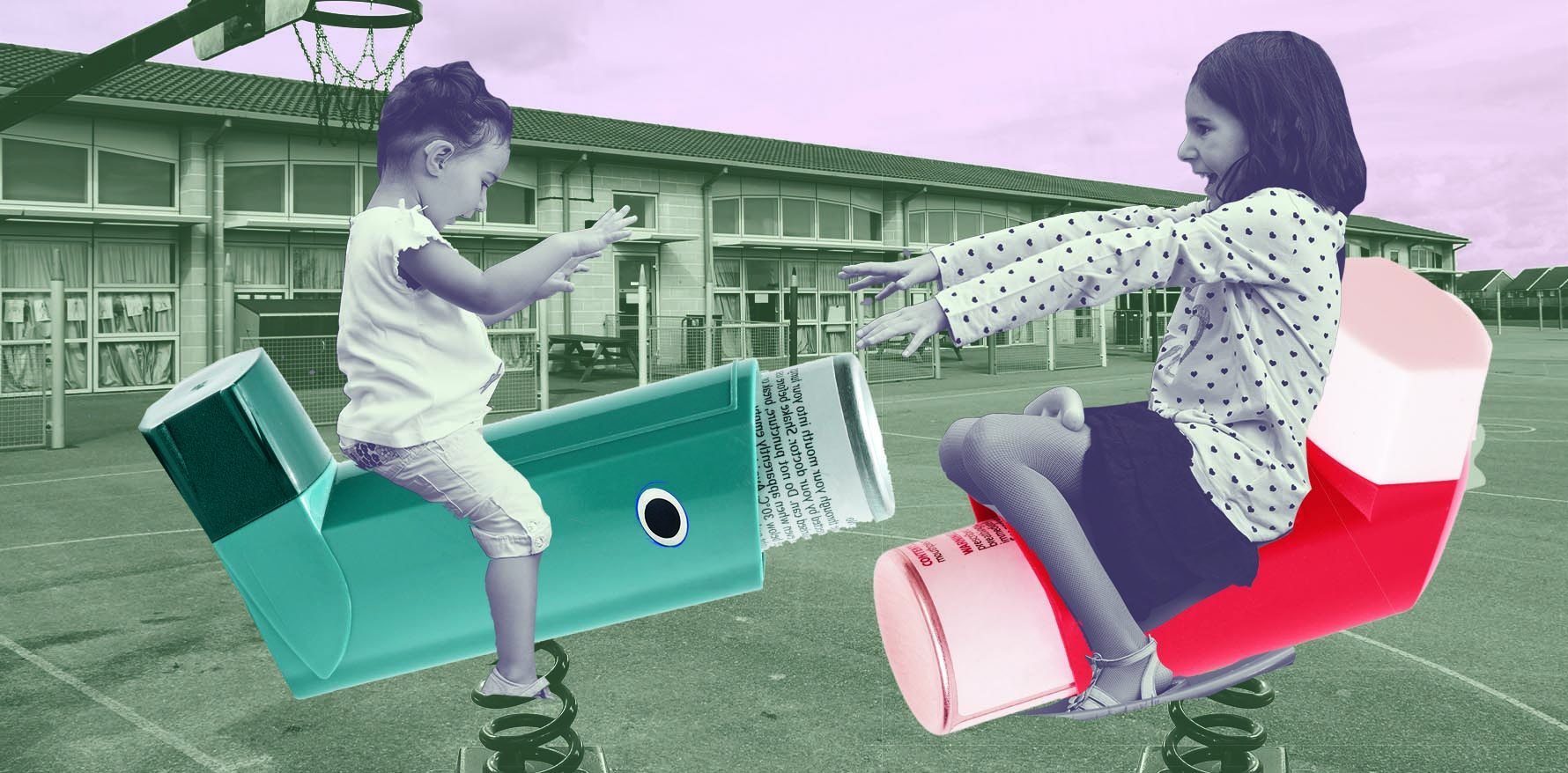National dispensing data shows under-fives being started on fixed-dose combination therapies, against guidelines.
Prescriptions of combination asthma therapies for children and adolescents are declining, but children under five are still prescribed inappropriate treatments against national guidelines, an Australian study finds.
Researchers from the UNSW School of Women’s and Children’s Health and Centre for Big Data Research in Health have, for the first time since 2014, analysed national asthma dispensing patterns in Australian children.
It follows the concerted effort of national asthma peak bodies to improve prescribing practices through an education campaign targeting all prescribers, including paediatricians, pharmacists and GPs.
Concerns arose after a 2007 study reported prescriptions of fixed-dose combination (FDC) therapies for asthmatic kindergarten kids were increasing in the ACT, mirroring trends in the UK.
FDC therapies are recommended in children and adolescents aged six-12 years but only after an inhaled corticosteroid (ICS) has failed to control their symptoms. (During the study period, between 2013 and 2018, this extended up to 18 years of age but as-needed FDC therapies have now been introduced for adolescents 12 years and above.)
According to national asthma guidelines, children aged five or under should not be prescribed FDC inhalers at all.
FDCs are also one of the most expensive inhaled asthma controller medications on the market and the cost of medications is widely known to have an impact on patient care.
The UNSW study assessed patterns of asthma FDC controller medicines dispensed to Australian children and adolescents, aged one to 18 years, between January 2013 and December 2018. A representative 10% sample of PBS dispensing data was used.
Reassuringly, the analysis found around seven in every 1000 children were prescribed an FDC inhaler in 2018, down from nearly 15 in every 1000 children in 2013.
However, 88% of the FDC inhalers dispensed to children and adolescents were prescribed as first-line therapy, which is not recommended.
More concerning were the 3500 children aged five years and under who were started on FDC each year. These inappropriate prescriptions amounted to a cost of $500,000 each year to the government and families.
The PBS dataset did not contain information as to why prescriptions were given outside of national guidelines, or by whom.
“Clearly, there’s work to be done in addressing the inappropriate prescribing that is still occurring in children under five,” said Professor Adam Jaffe, a respiratory paediatrician at UNSW Medicine, member of the National Asthma Council Australia Guidelines Committee and co-author on the study.
“But overall, across all ages groups, inappropriate prescriptions certainly seem to be declining.”
Asthma treatment guidelines from the Global Initiative for Asthma (GINA) were updated again in 2020, and a new version of the Australian Asthma Handbook is now online.
In 2018, the PBAC also recommended that all FDC asthma prescriptions should require a streamline authority code to encourage prescribers to consider first-line treatment with ICS alone.
“What our study will do is actually give us baseline data to see the impact of those new guidelines and help to monitor the effectiveness of this policy change over time,” Professor Jaffe said.


